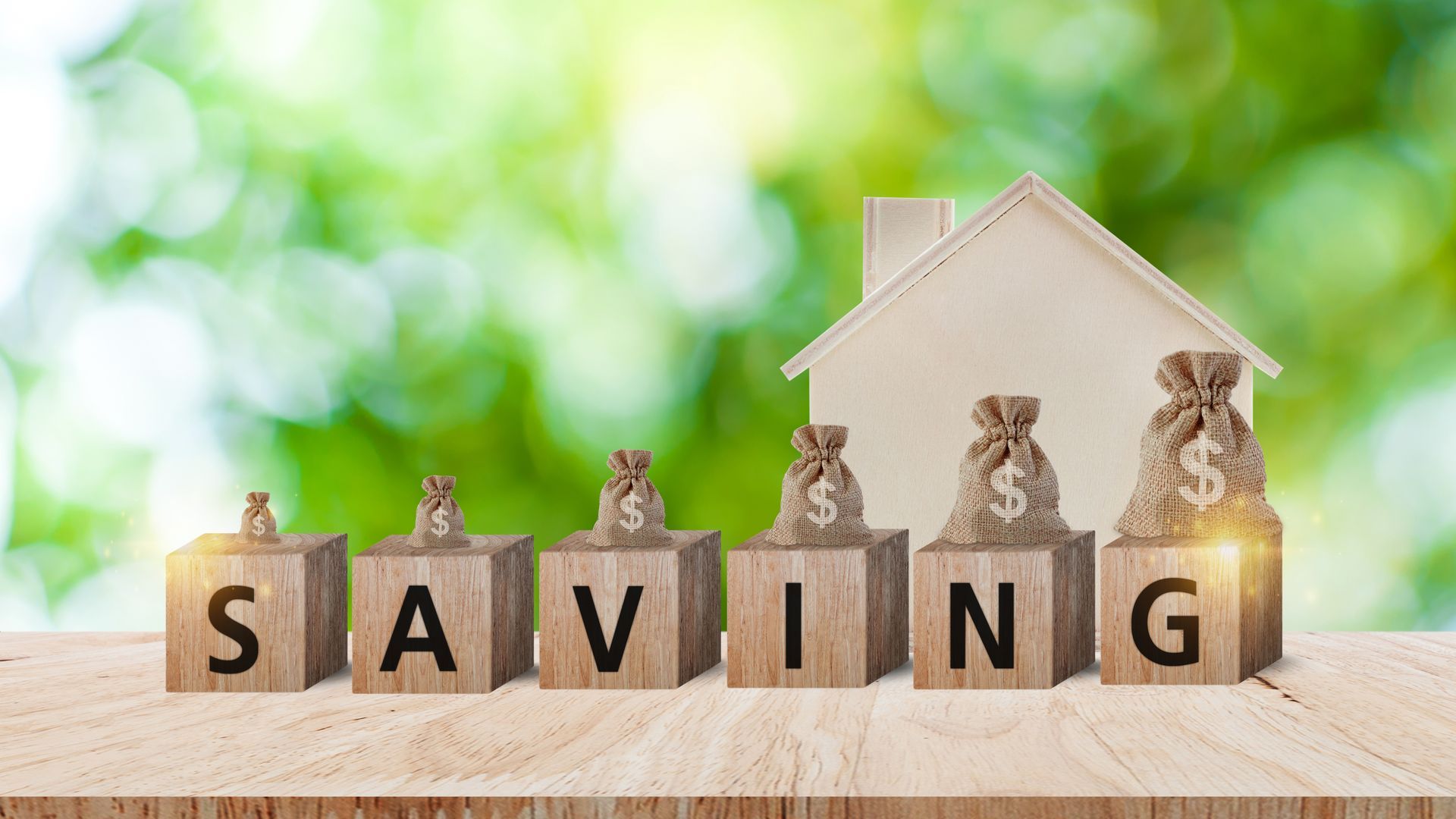Search results for 'FHSA' (2)

Canadian homebuyers face a significant challenge when it comes to accumulating the hefty down payments required to purchase homes in our increasingly expensive housing markets. According to the National Bank of Canada's housing affordability index from February 2024, the down payments needed for the median homes in cities like Toronto and Vancouver surpass $200,000. In response to this growing concern, the federal government introduced the First Home Savings Account (FHSA) on April 1, 2023, aiming to help improve the financial down payment burden on prospective homebuyers. However, while the FHSA offers promising opportunities, it's crucial for would-be buyers to understand its workings and potential risks. Here are five essential things prospective homebuyers should know before opening their own FHSA: 1. How does the FHSA work? The FHSA allows account owners to put as much as $8,000 in savings away annually, and up to $40,000 over five years. Contribution room starts growing the first year the FHSA is opened. If you don’t have the whole $8000 now – consider starting your FHSA account this year with $100. Then if/when the rest of the cash comes available you can top up the account to a maximum of $8000/year (maximum contribution $40K) That money is tax-free on the way in and on the way out, meaning any contributions can count as deductions on income tax and are not taxed when withdrawn for a down payment on a qualifying home. The FHSA is “the best of both worlds,” with funds behaving like a registered retirement savings plan (RRSP) on the way in and a tax-free savings account (TFSA) on the way out. Moreover, funds in the FHSA can grow tax-free for up to 15 years, after which they must be withdrawn or transferred to an RRSP. It's important to note that withdrawing funds for purposes other than a home purchase results in the amount being added to your taxable income for that year. 2. You don’t have to be a first-time buyer Contrary to popular belief, the FHSA is not exclusively reserved for first-time homebuyers. Eligibility extends to Canadian residents aged 18 (or 19 in some provinces) to under 71. You also must not have lived in a home owned by you OR your spouse in the year that you open the account or any of the preceding four years. This means Canadians who owned their home but sold more than five years ago, or currently own the property but don’t live there as their principal residence, are qualified to open an FHSA. That opens the account up to anyone who owns and rents out a property but also rents themselves. 3. What do you do with the money once it’s in the FHSA? Funds within the FHSA can be held in various investment vehicles, including high-interest savings accounts or securities. The choice of investments depends on individual risk tolerance and time horizon. While long-term savers might opt for stock market investments to capitalize on potential gains, those nearing their purchasing goals might prefer more conservative options like guaranteed investment certificates (GICs) or fixed-rate savings accounts. 4. Multiple accounts can work together Individuals can open multiple FHSAs across different financial institutions without exceeding annual or lifetime contribution limits. Although joint accounts aren't permitted, funds from multiple FHSAs can be pooled towards the purchase of a single home. Additionally, the FHSA can be used alongside other savings vehicles such as TFSAs and the Home Buyers' Plan (HBP), further enhancing purchasing power. Home Buyers Plan (HBP): Qualifying home buyers can withdraw up to $35,000/each from their RRSPs to assist with the purchase of an owner-occupied home . The funds are not required to be used only for the down payment, but for other purposes to assist in the purchase of a home. These funds are withdrawn, with the condition that the funds are paid back into the account over the course of 15 years (or you are taxed on the portion not being repaid into your RRSP). Please note that RRSP funds MUST be in account for 90 days BEFORE removing for down payment. A down payment is not the only thing buyers need to prepare to be financially ready for a home. Canadians should consider their “credit-worthiness,” as well, and make sure they’re paying down debt so that when they’re ready to buy and cash out their FHSA, that they will qualify for the mortgage amount they need. BLOG 8 Credit Rules You Need to Know, Before You Buy a Home BLOG 5 C’s of Credit to get a Mortgage 5. Don’t forget about the tax implications Opening an FHSA entails tax obligations, including reporting contributions and transactions in the annual tax return. A T4FHSA slip provided by the lender details these transactions, with individuals required to fill out Schedule 15 for deductible contributions. Notably, contributions to the FHSA are tax-deductible, but transfers to an RRSP are not. Individuals have the flexibility to carry forward deductions to future tax years if desired.

The Basics The Tax-Free First Home Savings Account (FHSA) offers first-time home buyers the ability to save $40,000 tax-free. Like registered retirement savings plans (RRSP), contributions to an FHSA would be tax deductible. Like tax-free savings accounts (TFSA), income and gains inside the FHSA, as well as the withdrawals would be tax-free when used for purchase of an owner-occupied home. Who can open an FHSA? A resident of Canada Be as least 18 years old (and not more than 71 years of age on Dec. 31 of the year) First-time home buyer o This means you, or your spouse or common-law partner did NOT own a qualifying home that you lived in as a principal place of residence at any time in the year the account is opened OR the preceding 4 calendar years. NO minimum number of days the funds must stay in FHSA before being withdrawn How much can you contribute? You can contribute up to $8,000 each year (in the year that you open your first FHSA), with a cumulative total of up to $40,000 over your lifetime. You can carry forward your unused FHSA participation room at the end of the year, up to a maximum of $8,000 to use the following year. o This amount is referred to as your FHSA Carry forward. Any FHSA carry forward will be include in the calculation of your FHSA participation room for the year. The Details Why did the Canadian government create the Tax-Free First Home Savings Account (FHSA)? Housing affordability in Canada has been a hot topic for many years. Canada’s real estate has risen steeply for properties, especially in hot spots like Toronto & Vancouver. Saving a down payment is typically the biggest challenge for most Canadians buying their first home. In the Canadian Budget in 2022, the government proposed the introduction of the Tax-Free First Home Savings Account (FHSA) . This new registered plan gives first-time home buyers the ability to save $40,000 on a tax-free basis. $8,000 each year (including 2023), o The annual contribution limit applies to contributions made within the calendar year. Like a Registered Retirement Savings Plan (RRSP), contributions would be tax-deductible , and withdrawals to purchase a first home (including the investment income) would be non-taxable , like a Tax-Free Savings Account (TFSA). o You are getting the best of both account types with the new FHSA. The FHSA is designed to help Canadian residents who are first-time home buyers (aged 18+). The Tax-Free First Home Savings Account (including investment earning s& growth accumulated inside the account) can be kept open until the 15 th anniversary of the FHSA account opening OR if an individual turns 72 years old. Canadians can claim an income tax deduction for the FHSA contribution. Contributions that are made in the first 60 days of the year can’t be considered part of the previous tax year (unlike for RRSPs). Unused contribution portions can be carried forward into future years. Amounts to be carried forward only start accumulating after an FHSA is opened for the first time. The new FHSA can be opened just like you would open an RRSP or TFSA at the broker of your choice. Canadians can have more than one FHSA account, even across multiple financial institutions or brokerages. You are responsible for making sure that you do not contribute more than the annual limit to your FHSA account in total across all accounts . Only the FHSA owner can contribute to the account. Just like over contributions to a TFSA, over contributions to an FHSA are taxed at 1% per month. Any assets in an FHSA that are not used to buy a home that qualifies, can be transferred tax-free into a Registered Retirement Savings Plan. Once a qualifying withdrawal has been made from a FHSA, the remaining balance of the account can be transferred to a RRSP or RRIF by Dec. 31 st of the year after the qualifying withdrawal. By allowing you to contribute pre-tax income to an FHSA, the account can quickly grow to meet the minimum down payment value of some properties in Canada. It can give eligible first-time home buyers a tax advantage over those that are using an FHSA. FHSA Transfers If funds contributed to an FHSA are not used within 15 years from account opening (or Dec. 31 st of the year the account owner turns 71) the account holders will have the option to transfer the accumulated funds into their RRSP/RRIF, even if they don’t have contribution room. Funds can be transferred between an FHSA account and the following accounts tax-free: Another FHSA RRSP RRIF When you are transferring money between these accounts, you must follow the rules for each account type.



